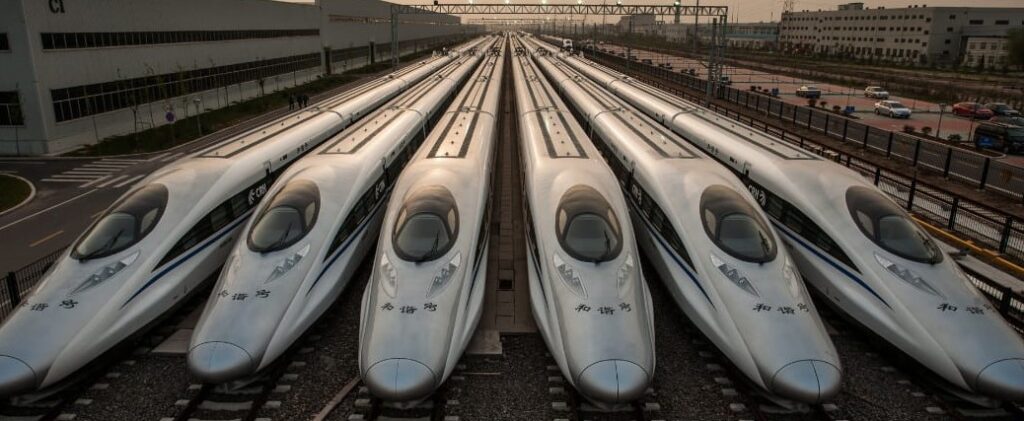It’s not that we didn’t know that China was pulling ahead on new transportation technologies; we just didn’t realize how much – and what it might mean. Two examples:
Here’s the XPeng:
Here’s a Norwegian to show you how it works:
Here’s an article in The Atlantic that explains Beijing’s strategy to dominate the EV market, and why it may not work:
In theory, Beijing’s coddling should allow Chinese firms to gain scale and gorge on profits at home, which they can then leverage to attack foreign markets. (This strategy launched the telecom giant Huawei into the world.) But in practice, once China’s electric-car companies venture away, they lose their government protections and have to compete based on their brand, technology, services, and marketing—all areas in which they possess no special advantages.
Despite the taxpayer cash lavished on Chinese electric-vehicle companies, Tesla’s Model 3 was the best-selling battery-powered passenger car in China last year, while the runner-up was a low-tech, low-priced micro-car produced by a GM joint venture. As the CSIS report noted, “at this stage it appears Chinese firms have not leapt ahead of their foreign rivals.”
But it’s more than about markets:
The contest over electric cars is a proxy war between the West and China, between their economic models and political ideologies. …
In the process, they would pulverize a key tenet of the American worldview—that free markets and free people are inseparable, and the sole route to national success—and thus legitimize Beijing’s illiberal policies and practices. The contest over electric cars is therefore a proxy war between the West and China, between their economic models and political ideologies.
Here’s another perhaps more impressive example of China’s leapfrogging:
At the beginning of the 21st century China had no high-speed railways. Today … the world’s most populous nation has — by some distance — the world’s largest network of high-speed railways. No fewer than 37,900 kilometers (about 23,500 miles) of lines crisscross the country, linking all of its major mega-city clusters, and all have been completed since 2008.
.Spain, which has Europe’s most extensive high-speed network and occupies second place in the global league table, is a minnow in comparison with just over 2,000 miles of dedicated lines built for operation at over 250 kph. China’s network is expected to double in length again, to 70,000 kilometers, by 2035. …China initially relied on high-speed technology imported from Europe and Japan to establish its network. Global rail engineering giants such as Bombardier, Alstom and Mitsubishi were understandably keen to co-operate, given the potential size of the new market and China’s ambitious plans..That rapid growth has not been without its problems though; while centralized state funding, planning and approval allows China to avoid the endless legal wrangles that have bedeviled projects in Europe and the United States for decades, the flip side is that new lines pay little heed to existing communities along their route. ….Not satisfied with pushing the boundaries of speed, endurance and civil engineering, Chinese companies are among the first in the world to introduce new technology such as autonomous (driverless) train operation and advanced signaling and control technology..The driverless “bullet trains” connecting Beijing and Zhangjiakou in northern Hebei province are capable of hitting speeds up to 350 kph, making them the world’s fastest autonomous trains. ….
Although its trains are now among the fastest in the world, China is also spending billions of dollars on maglev (magnetic levitation) technology, which will allow it to operate passenger services at up to 620 kph — well beyond the current limits of steel wheels on steel rails..Two lines are currently under construction totaling around 170 miles, Shanghai-Hangzhou in Zhejiang province and a 110-kilometer underground route linking Guangzhou and Shenzhen …














